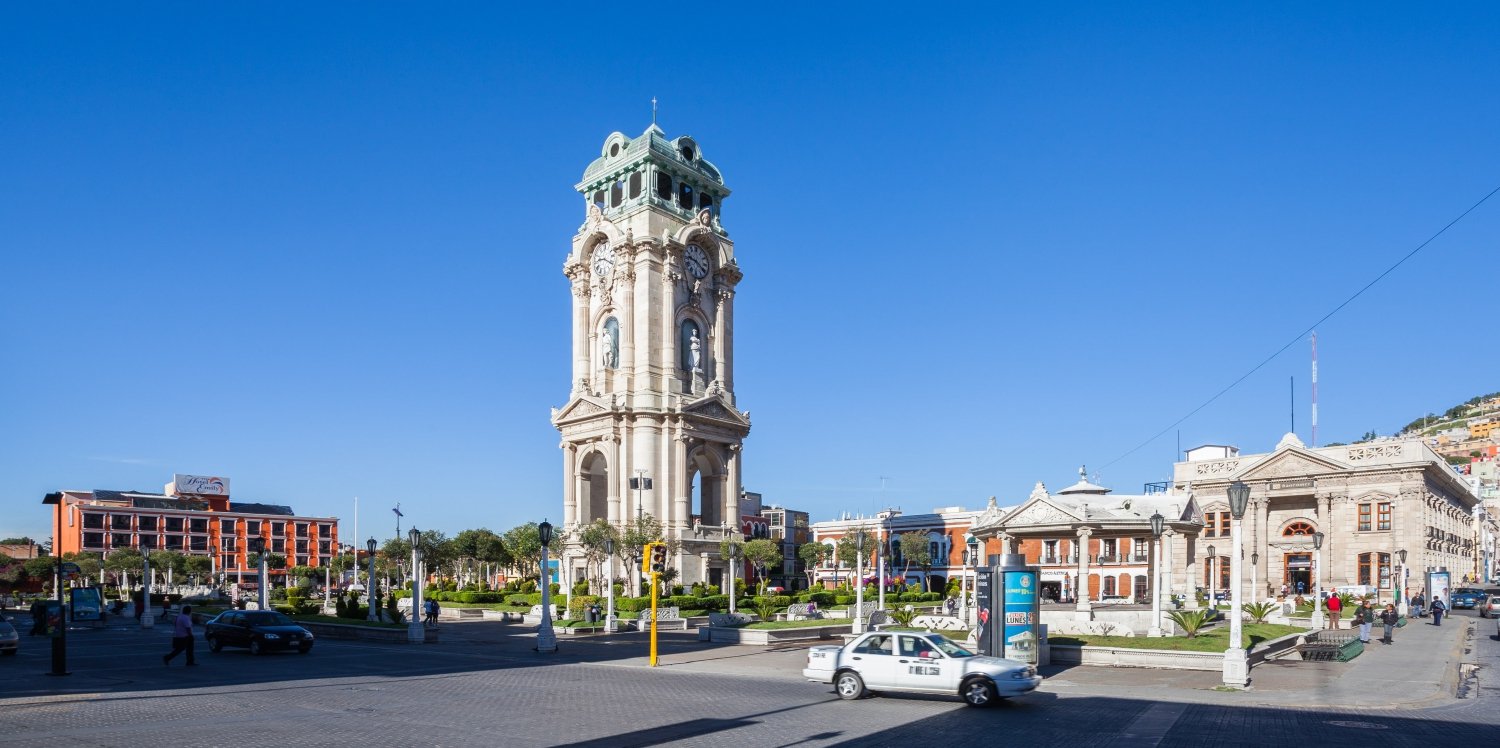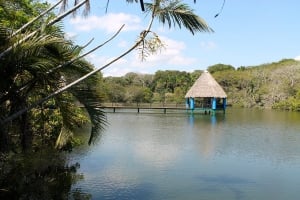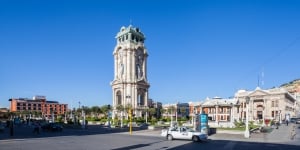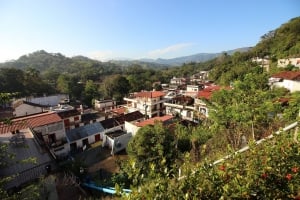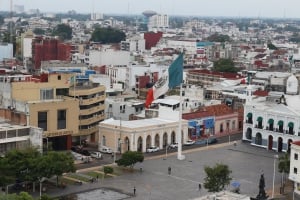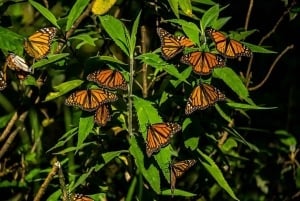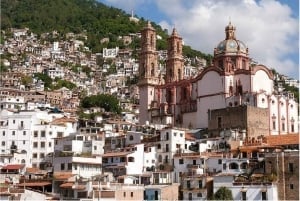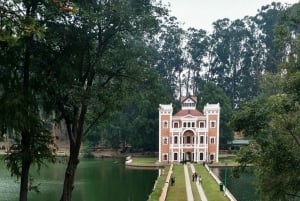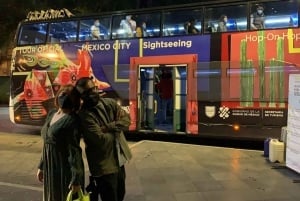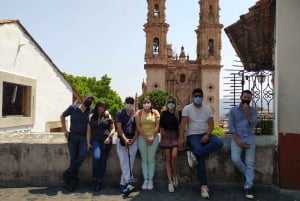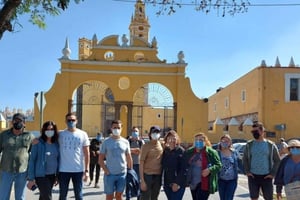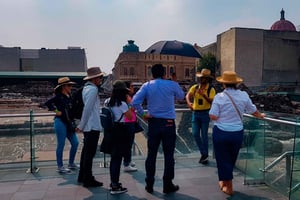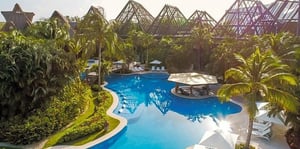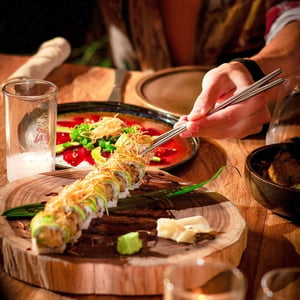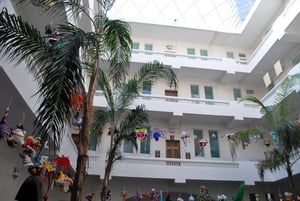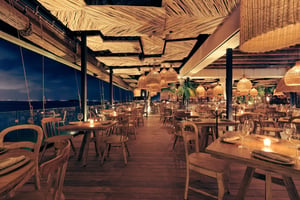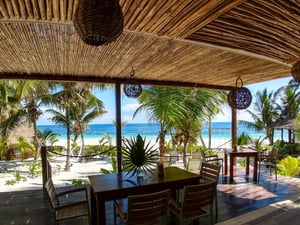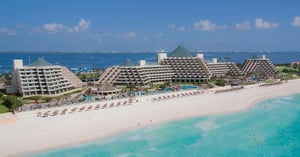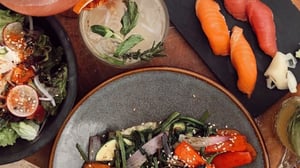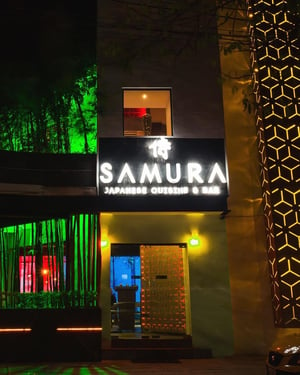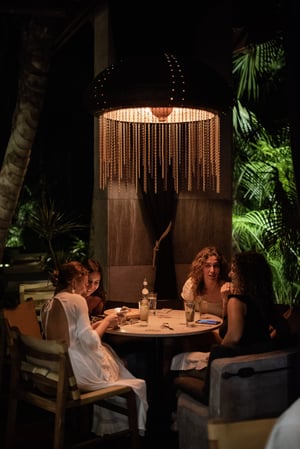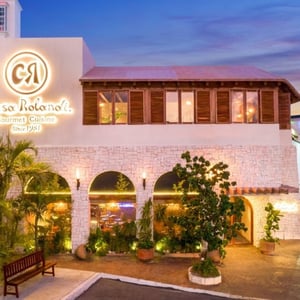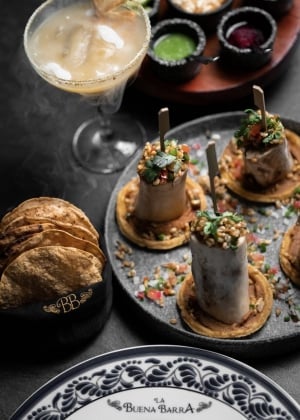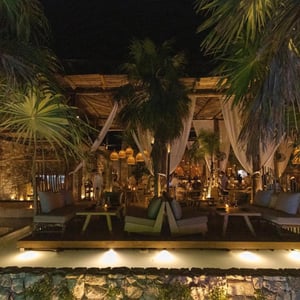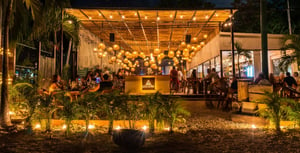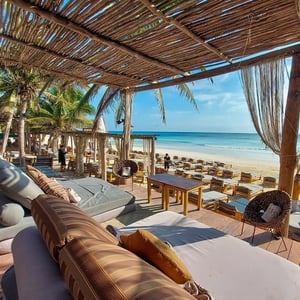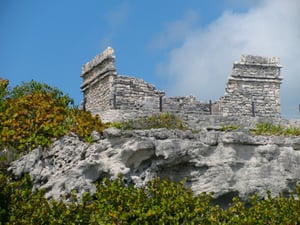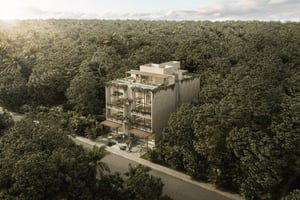Tabasco
Tourism in the state is organized into various routes.
Tabasco located in the tropical lowlands in the Gulf of Mexico, southeastern Mexico. Occupying the coastal lowlands south of the Isthmus of Tehuantepec and north of the Yucatan Peninsula, the Tabasco Plain is made up of alluvial products formed by the rivers Grijalva and Usumacinta and surrounded by thick tropical forests.
The climate is hot and humid, precipitation is high, and lagoons and swamps are widespread in low-lying delta lands, where annual floods flood large areas.
The fertile soil of the plain grows bananas, coconut, cocoa, coffee and cane crops; various hardwoods are processed. The discovery of abundant oil reserves in the late 1970s brought a massive influx of people to the once sparsely settled region.
About 1100 and 800 BCE, the Tabasco Plain was part of the Olmec People's Market Network. Their cultural presence has had a tremendous effect on the successor people (mainly the Maya) who have settled down in the plains. The first Europeans to reach the town were Juan de Grijalva (1518) and Hernán Cortés (1519), but the Spanish did not rule the Maya for another 20 years, only after a bitter war. The Tabasco Plain was the site of a further confrontation during the Mexican war with France in the 1860s. The lowlands have now been settled by the descendants of Chontal Maya.
Tourism in the state is organized into various routes:
-
The Centro or Villahermosa route is focused around the state capital with its museums and ancient buildings.
-
The Cacao route consists of several cocoa haciendas, where guides offer lessons about how the plant is grown and the cocoa bean is harvested and then refined into chocolate.
-
The river route is situated in the inner part of the province, between the rivers Grijalva and Usumacinta. This is an eco-tourism path with activities such as canopy hiking, rafting and rappelling.
-
The wetland route stresses flora and fauna both on land and on the sea. The biggest draw here is the Centla Biosphere Reserve.
-
The mountain adventure route is situated in the highlands of the province, with its trees, sulphurous waters and caves, based on the town of Tapijulapa, which is renowned for its handicrafts of wood and wicker.
-
The route of Olmec Zoque includes the municipalities of Cardenas and Huimanguillo.
-
The Biji Yokot'an route is situated in the municipality of Nacajuca. It features crafts from the region, such as decorated containers made from gourds, its cuisine, particularly river fish, the Chontal people of the area and the river boardwalk.
Dances like Pocho and del Caballito are part of the folklore of the state. The most popular expression is the Danza del Pocho, which takes place during the festival of the Carnival before the Catholic Holly Days on Easter, which is performed by the Cojoes, who reflect the Virtuous Fight of the Evil God Pocho; however, during the battle, the Cojoes reveal their nasty facet and, without notice, begin to wet or throw flour at the crowd. This success originated in the state province of Tenosique, near the border with the neighboring country of Guatemala.
Local imagination has been reflected in state cuisine since the pre-Hispanic period when chocolate was invented. This ancestral heritage was then enriched by the Mayan and Chontal cultures, as well as several Spanish dishes such as butifarra, longaniza spice pork sausage, and various forms of cheese.
Traditional dishes:
-
Pejelagarto: alligator-head fish, freshwater fish with a long snout, usually grilled on a grill, flavored with lime juice, chili; used in tamales, tacos and enchiladas.
-
Potze or Poshe: cornmeal-based tamale stuffed with sliced pork meat, brains and other such things mixed with rice and covered in fragrant leaves.
-
Caldo de Camarón: shrimp stew.
-
Chanchamitas de Cerdo: Pork tamales flavored with achiote, a vivid orange-red seasoning with small tree fruits.
-
Barbacoa de pescado: barbecued fish.
-
Frijoles negros con cerdo salado: black beans with salt pork.
-
Yuca en Naranja: yucca cooked with garlic and orange juice.
-
Frijoles Negros con Carne Salada: black beans and pork.


